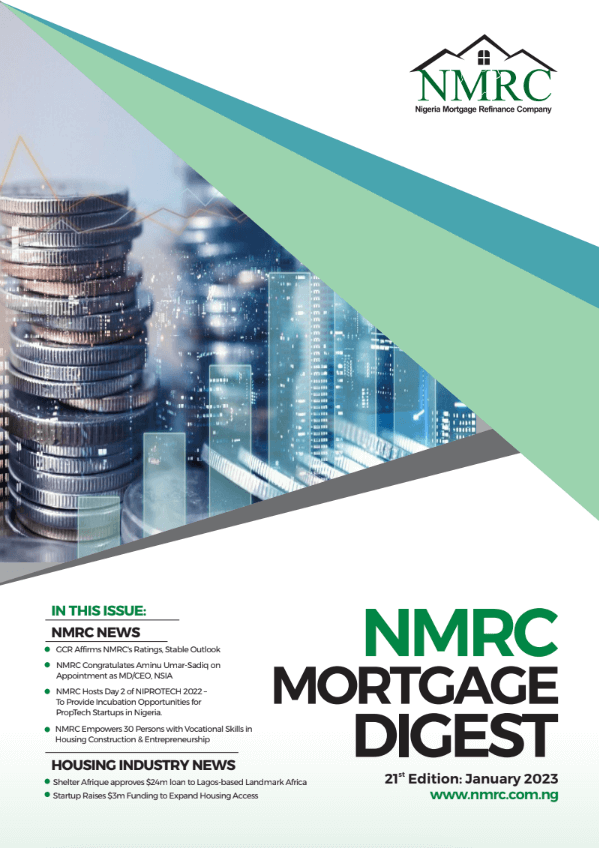The principal is the amount due on any debt before interest, or the amount invested before returns. All loans start as principal, and for every designated period that the principal remains unpaid in full, the loan will accrue interest and other fees. The same is true for investments, but instead of owing more on top of the principal the investor is earning more.
When a borrower takes out a loan, whether it’s a mortgage or any other kind of loan, the initial amount is called the principal. All payments toward the loan debt are payments against the principal plus any interest accrued during that time, which is called amortization.
Sometimes, such as in a mortgage, these payments are automatically structured so that a larger percentage of the interest is paid off before the principal. In loans like these, the amount a borrower pays on interest decreases over time while the amount she pays against the principal increases.
When used to refer to an investment, the principal is also the original amount upon which interest accrues. However, that interest is for the investor, or what’s called his returns. Interest earned in one period can be reinvested and become part of the principal, thus compounding the investor’s rate of return.
Mortgage payments are often structured into separate portions for principal and interest. The interest is what the borrower is paying right now, with a smaller payment going toward the principal. There is an inverse relationship between each portion so that the interest payment gradually decreases against the principal payment.























